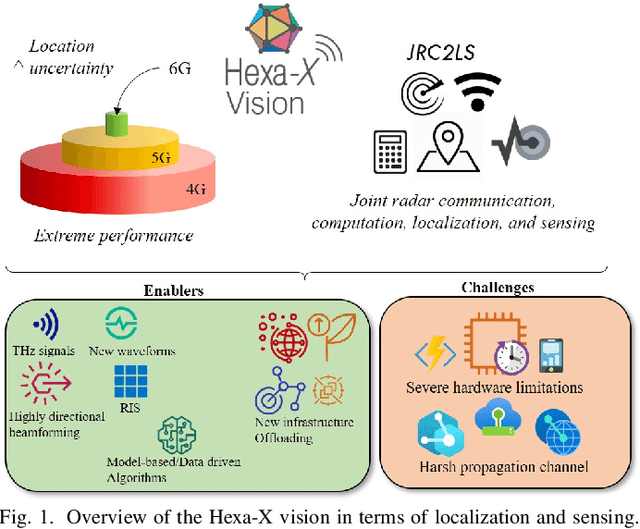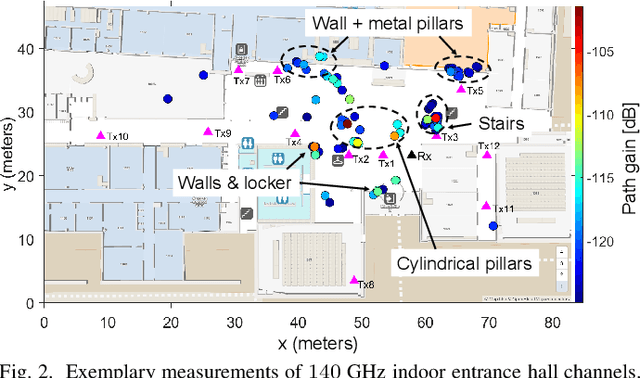Stefan Parkvall
Industrial Viewpoints on RAN Technologies for 6G
Aug 11, 2025Abstract:6G standardization is to start imminently, with commercial deployments expected before 2030. Its technical components and performance requirements are the focus of this article. Our emphasis is on the 6G radio access, especially MIMO, AI, waveforms, coding, signal constellations and integration with non-terrestrial networks. Whilst standardization has not yet formally started, the scope of the 6G study items has been defined. Our predictions in this paper are speculative as there are no results of the study yet, but our views are guided by implementation and deployment aspects. We expect that the views here will guide researchers and industry practitioners.
Integration of Communication and Sensing in 6G: a Joint Industrial and Academic Perspective
Jun 24, 2021


Abstract:6G will likely be the first generation of mobile communication that will feature tight integration of localization and sensing with communication functionalities. Among several worldwide initiatives, the Hexa-X flagship project stands out as it brings together 25 key players from adjacent industries and academia, and has among its explicit goals to research fundamentally new radio access technologies and high-resolution localization and sensing. Such features will not only enable novel use cases requiring extreme localization performance, but also provide a means to support and improve communication functionalities. This paper provides an overview of the Hexa-X vision alongside the envisioned use cases. To close the required performance gap of these use cases with respect to 5G, several technical enablers will be discussed, together with the associated research challenges for the coming years.
 Add to Chrome
Add to Chrome Add to Firefox
Add to Firefox Add to Edge
Add to Edge